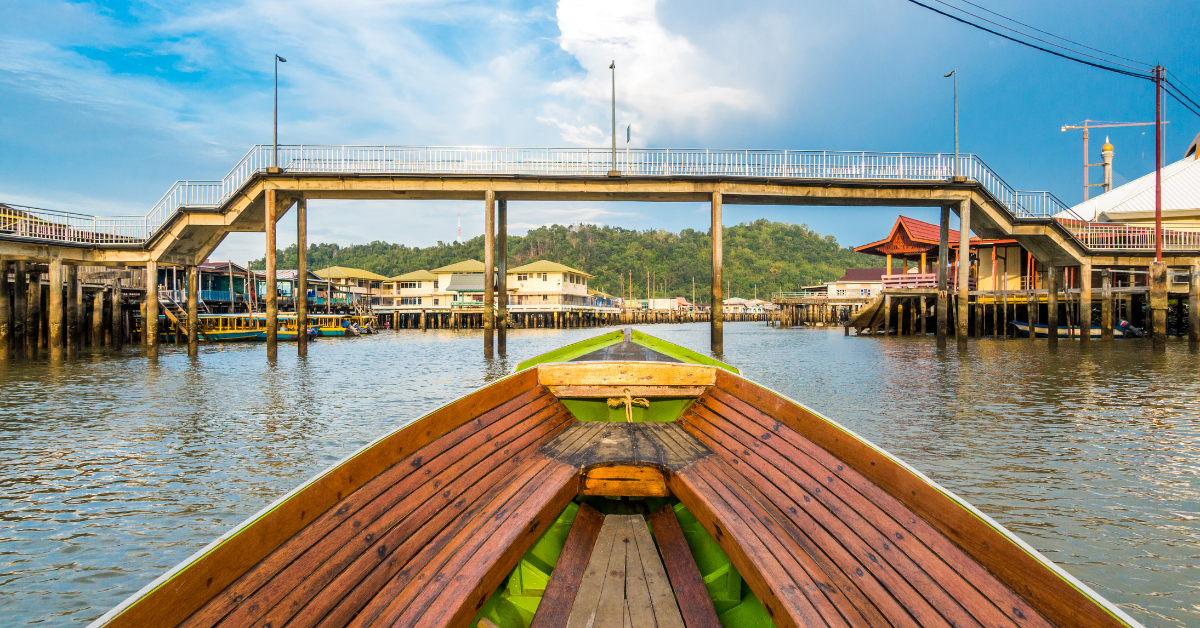Guinea, a West African nation, once had kanji representations such as “幾内亜” and “銀名”, though they are rarely used today. For many Japanese people, the country evokes a blend of admiration for its natural and cultural richness and concerns about its political and economic challenges. This article explores both the history of these kanji names and the multifaceted perceptions of Guinea in Japan.
Kanji Representations of Guinea
Two kanji forms exist for Guinea: “幾内亜” (Kinai-a) and “銀名” (Ginmei). These arose during the Meiji to early Showa periods, when it was common to transcribe foreign place names into kanji.
- 幾内亜 – a phonetic transcription based on the sound of “Guinea”
- 銀名 – a symbolic transcription, likely linked to the country’s mineral wealth
At the time, such characters were convenient for use in newspapers and maps. However, as international communication shifted to alphabetic systems, the use of these kanji declined. Today, “Guinea” in the Latin alphabet is standard, and kanji forms remain only in historical records.
The Image Japanese People Have of Guinea
The impression of Guinea among Japanese people is complex, balancing both positive aspects and negative associations.
| Positive Image | Negative Image |
|---|---|
| Abundant forests and rich natural environment | Political instability |
| Rich in minerals such as bauxite and gold | Poverty and unemployment issues |
| Attractive African music and dance | Underdeveloped healthcare and education |
| Soccer as a national passion | Infrastructure underdevelopment, safety concerns |
In short, Guinea is often seen in Japan as both a resource-rich nation and a country facing significant challenges.
Guinea and Sports
Soccer is by far the most popular sport in Guinea. The national team, known as “Syli National”, has competed multiple times in the Africa Cup of Nations, and its matches generate immense excitement domestically.
| Field | Characteristics | Connection with Japan |
|---|---|---|
| Soccer | National sport, adored by the youth | Japanese awareness through Guinean players in European leagues |
| Athletics | Popular in schools and regional clubs | Some Guinean athletes invited to compete in Japan |
| Martial Arts | Growing interest in judo and karate | Japanese international cooperation projects send instructors |
Sports serve as a bridge that transcends politics and economics, enabling cultural connections. Japanese people often become aware of Guinea through news about Guinean players abroad.
The Cultural Appeal of Guinea
Guinea is also known for its vibrant cultural heritage, particularly in music and dance. These elements have even influenced performing arts in Japan.
| Cultural Element | Content | Impact in Japan |
|---|---|---|
| Music | Traditional instruments such as the dundun and djembe | Fusion events with taiko drumming and dance |
| Dance | Dynamic movements based on rhythmic drumming | Incorporated into Japanese stage performances and dance schools |
| Food Culture | Staples include rice, cassava, and bananas | Featured in ethnic restaurants and cultural events |
Music and dance act as symbols of “bright Guinea”, and their introduction to Japan helps spread a positive image.
Guinea and Japan’s International Cooperation
Japan has engaged with Guinea mainly through development aid, particularly in education, healthcare, and infrastructure. These projects not only improve local living conditions but also shape a more balanced understanding of Guinea in Japan.
| Field | Specific Support | Results |
|---|---|---|
| Education | School construction, provision of teaching materials | Improved enrollment rates |
| Healthcare | Medicine supply, dispatch of specialists | Strengthened infectious disease prevention |
| Infrastructure | Wells and road construction | Improved daily living environment |
International cooperation helps move beyond the simplistic notion of “Guinea = poverty” and highlights the practical realities of everyday life.
Conclusion
Historically, Guinea was written in kanji as “幾内亜” or “銀名”, but today only the alphabetic form “Guinea” is used. For Japanese people, the image of Guinea is twofold: hope linked to abundant nature and resources, and concerns over security and economic difficulties. At the same time, sports such as soccer and cultural expressions like music and dance are sources of national pride, serving as gateways for cultural exchange with Japan.
As interactions between Japan and Guinea expand, Japanese perceptions—traditionally shaped by fragmented news and limited exposure—may evolve into a more multidimensional and realistic understanding. Revisiting the old kanji names provides a symbolic starting point for reflecting on the broader identity of this West African nation.






